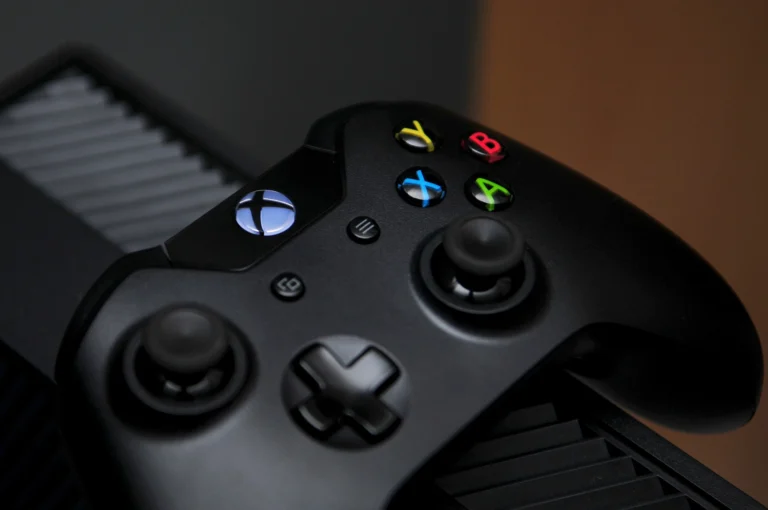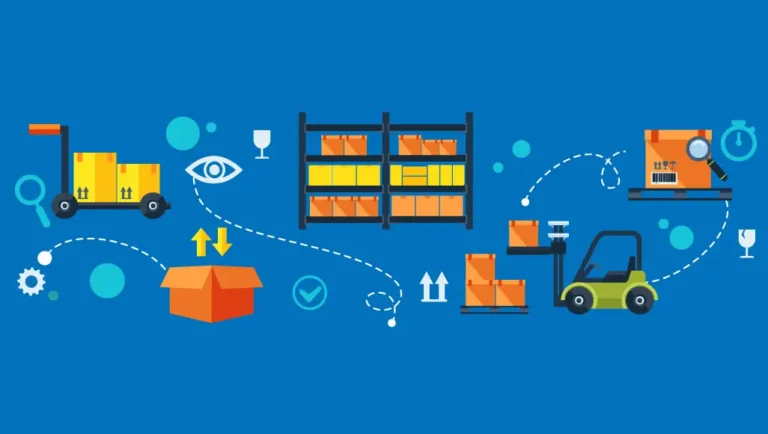Why is Linux better than Windows (4 Comparisons)?
Operating systems like Windows and Linux are familiar. In order to compare these two, it is important to first have a basic understanding of what an operating system is, followed by a working knowledge of Linux and Windows.
An operating system is a type of low-level system software that manages the computer’s hardware and software resources and enables its fundamental features, such as task scheduling, resource management, memory management, peripheral control, networking, and other resources.
It serves as the software and hardware interface for computers. The most important component of a computer system is the operating system. Any computer or mobile device cannot function at all without an OS!
Operating Systems Overview
In the market, a variety of operating systems are offered. The most prevalent operating system (OS) for desktop computers is Microsoft Windows, which has a market share of about 83%. Then, in second and third place, respectively, are Linux and macOS by Apple Inc.
Google’s Android and Apple’s iOS are the two most popular operating systems in the mobile market, which includes both tablets and smartphones. Linux distributions are in the lead when it comes to servers and supercomputers. A variety of GUI-based operating systems were created and made available under the Microsoft Windows brand by the company. It focuses mostly on the personal computing sector.
Windows OS comes in two flavors, a 32-bit and a 64-bit version, and both client and server versions are available. In the year 1985, Windows made its debut. 2015 saw the introduction of Windows 10, the most recent client version of Windows. I have Windows Server 2019, which is the newest server version.
Based on the Linux kernel, Linux is a collection of Unix-like operating systems. It is a member of the family of open-source, free software. Typically, a Linux distribution is packed. 1991 saw the initial release of Linux. Although a desktop version of Linux is also available, servers are where it is most frequently utilized.
Windows Architecture
There are essentially two layers to the Windows architecture are Users Mode and Kernel Mode; Additional modules are made up of each tier.
- User Mode
Both environment and user mode have integral subsystems.
The fixed system support processes, such as the session manager and login process, the service processes, such as the task scheduler and print spooler service, the security subsystem (for security tokens and access management), and user applications are all examples of integral subsystems.
The OS kernel operations and the environment subsystem are connected through the environment subsystem.
For LINUX, there are four main environment subsystems: Win32/, POSIX, OS/2, and Windows subsystems.
- Kernal Mode
All hardware and system resources are accessible to kernel mode. The code is run in a secured memory location. It consists of the hardware abstraction layer, the executive, the microkernel, and kernel mode drivers. There are numerous subsystems that make up the Windows executive services. They are primarily in charge of managing processes, networking, security, memory, I/O, and threads.
Between HAL and Windows Executive is the microkernel. It is in charge of initializing device drivers, multi-processor synchronization, thread scheduling, interrupt & exception dispatching, trap handling, and interacting with the process manager.
Windows is able to interact with hardware through kernel mode device drivers. Between the computer’s hardware and operating system is a layer called HAL. It is in charge of managing interrupt controllers, I/O interfaces, and various processors.
Linux Architecture
The Linux architecture contains two layers, user space and kernel space, as seen in the following diagram. Hardware, kernel, System call interface (also known as Shell), and User programs or utilities are the four basic components found inside these levels.
All of the computer’s attached peripherals, including terminals, printers, CPUs, and RAM, are considered hardware. The OS’s central component, the monolithic Kernel, is now introduced.
The Linux kernel is made up of numerous subsystems and additional parts. Numerous crucial duties fall within its purview, including process control, networking, access to peripherals and the file system, security management, and memory management.
Shell in Linux
The shell acts as an interface between the user and kernel and presents the services of the kernel. There are around 380 system calls. Shell receives commands from the user and executes the kernel’s functions. Shell is classified into two categories i.e. command line shells and graphical shells. In the outermost layer of the architecture, I have applications which execute on the shell. It can be any utility program like a web browser, video player, etc.
Linux vs Windows Comparison
1. Security Comparison
Regarding security, Linux is a fairly secure OS when compared to other operating systems because it is very hard to compromise even if it is open source. One of the key factors contributing to Linux’s widespread use and popularity is its cutting-edge security.
Linux, on the other hand, is open source and has a large user base. All users have access to the source code, which allows them to monitor for problems and greatly increases the likelihood that any vulnerability will be discovered before it is used by hackers.
Furthermore, because Linux is open source, users will look into and immediately resolve the problem. In this approach, the community of Linux developers provides a high degree of maintenance.
In contrast, Windows users are unable to resolve the problem on their own because they lack the authority to alter the source code. They will have to wait for the system to be fixed after reporting any vulnerabilities they find to Microsoft.
In Windows, users have complete administrative control over the accounts. The system becomes immediately corrupted as a result of a virus attack. So in the case of Windows, everything is at risk.
Linux, on the other hand, benefits from the feature of accounts where limited access is granted to the users; as a result, in the event of a virus attack, only a portion of the system will be harmed. Due to Linux’s default behavior of not running as root, the virus won’t be able to affect the entire system.
Windows does have a user account control (UAC) mechanism to manage access privileges, but it is not as reliable as Linux.
To increase system security, Linux uses IP tables. By setting up a few rules that are enforced by the Linux kernel firewall, Iptables assists in managing network traffic. This helps to make the environment more secure for executing any command or gaining access to the network.
In order to protect Linux against viral assault, it features segmented working environments. The lack of segmentation in Windows OS, however, makes it more open to security risks. Linux has many fewer users than Windows does, which is a big contributing factor to its greater security. Compared to Windows, which commands a market share of more than 80%, Linux accounts for little under 3% of the total.
Because the virus or harmful software created by hackers will affect a sizable portion of users, Windows is always the object of their attention. Users of Linux are therefore kept safer as a result. In a NutShell, Linux has various features that make it more secure than Windows and other operating systems.
2. Performance Comparison
Linux’s speed is a contributing factor in the fact that the majority of the fastest supercomputers in the world use it. While Windows 10 is renowned for becoming increasingly sluggish over time, Linux is known for being quick and fluid. While Windows is sluggish on older hardware, Linux runs faster than Windows 8.1 and Windows 10 and has a more contemporary desktop environment.
When it comes to the fundamental features of an operating system, such as thread scheduling, memory management, i/o handling, file system management, and core tools, Linux is generally superior to Windows.
3. Speed Comparison
Linux is typically faster than Windows for a variety of reasons. First off, Linux is incredibly light weight compared to Windows’ obese nature. Numerous Windows programs run in the background, consuming RAM. Second, the Linux file system is extremely well-organized. Files are stored in groups that are relatively near to one another. This accelerates read-write operations significantly. On the other hand, Windows is a complete mess, and files are spread out everywhere.
4. Software Comparison
There is no denying that Windows 10 is a prettier and safer version of Windows than its predecessors. Microsoft’s Edge browser, Cortana, and Microsoft Office with 3D features are just a few of the new, standout features that Windows 10 offers.
Additionally, it has the capacity to run Linux bash commands. In Windows 10, I also have virtual workspaces, which let users run programs on several PCs.
If you compare the desktop environments of Windows 10 and Linux Mint 19, you’ll discover that in its optimum form, Linux won’t be utilizing much RAM in the background in comparison to Windows.
Linux was discovered to be utilizing 373 megabytes of RAM whereas Windows was using 1.3 gigabytes, or around 1000 megabytes more than Linux. On a fresh installation with no open apps, this comparison was conducted.
The result is that Windows 10 uses more resources than Linux Mint 19. Additionally, Windows 10 upgrades take longer to complete and have a more linear character than Linux updates. Updates come as packages in Linux, and they happen quickly.
However, in terms of speed, Linux is faster than Windows 10. When it comes to appearance and feel, Windows UI is quite attractive and has a wide range of applications. The graphical user interface for Linux is quite straightforward and tidy. However, Linux also has alternatives to Windows-based software.
When it comes to gaming, Linux Mint is challenging to use and offers fewer games than Windows 10. Gaming on Linux is thus a negative.
Conclusion
No OS, in my opinion, is superior to the others. Both, however, are distinctive and cater best to particular user needs and market demands. The marketing objectives for the two OSs differ. Windows, on the other side, provides outstanding usability so that even those without technical expertise may operate with ease on personal computers. Linux gives great speed and security.
Windows is primarily used by business users and gamers, while Linux is used by many corporate enterprises as servers and an operating system for security purposes. When comparing the costs of these two operating systems, there are numerous elements to take into account.
The idea that Linux is completely free or less expensive than Windows cannot be generalized. Linux has no license fees, although both Windows and Linux have infrastructure costs, software support costs, and IT manpower costs.

























